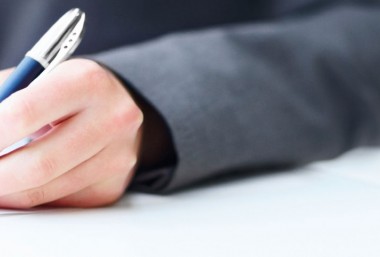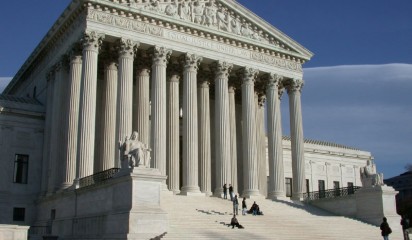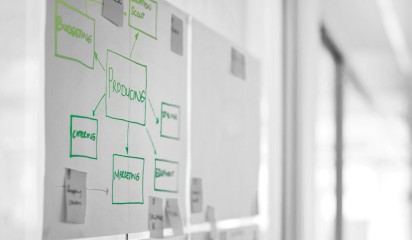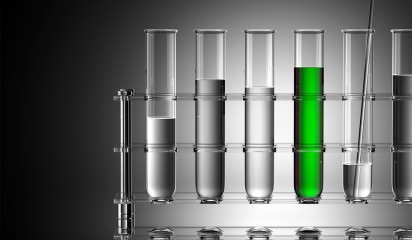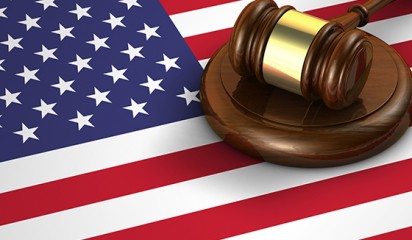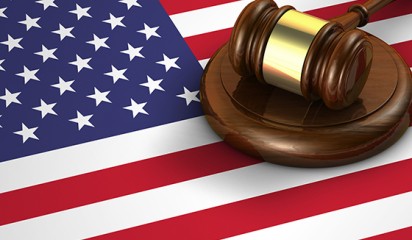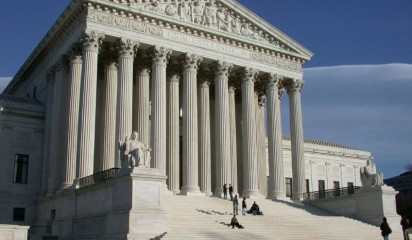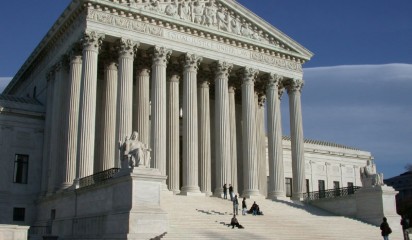A derivation proceeding is a new mechanism designed to prevent patents being obtained by "inventors" who did not actually invent but just derives the invention from an inventor who files an application later.
"First-inventor-to-file"
Since the America Invents Act came into force, the US now operates a "first-inventor-to-file" system.
The right to obtain a patent in the US is now typically only available to the applicant who is first to file a patent application. A later application, by another party who simultaneously or earlier, independently made the same invention, is unlikely to be issued (granted).
So what is a derivation proceeding?
A derivation proceeding is a safeguard to help ensure that the person named in the first application filed is actually an inventor, and that the invention of the earlier application was not merely derived from an inventor that files an application later.
Any application including a claim with a priority date of, or later than, 16 March 2013 could be targeted for a derivation proceeding.
Who can instigate a derivation proceeding, when and how?
A derivation proceeding can only be instigated via a petition to the US patent office (USPTO) from a later patent applicant.
The petition must be made within one year of the first publication or issuance of a claim in the earlier patent, to an invention that is the same or substantially the same as that of the later applicant.
The petitioner must set out under oath, with substantial evidence, why the inventor named in an earlier application derived the claimed invention from the petitioner. The petitioner must also pay a petition fee of US$400.
Procedure
If the USPTO considers the petition sufficient, the next step is that a derivation proceeding will be instituted and adjudicated by a three-judge panel of the Patent Trial and Appeal Board ("Board").
In the derivation proceeding, the evidence presented in the petition is subject to cross-examination and the presentation of rebuttal evidence.
As well as deciding whether the earlier applicant derived the invention from the petitioner, the Board may also consider issues of patentability that arise in derivation proceedings when there is "good cause" to do so.
What is the possible result?
The Office may cancel or refuse claims that cover the derived subject matter. Under "appropriate circumstances," the Board may correct inventorship of any application or patent at issue in a derivation proceeding. The Office may also extend the term of a patent issuing on an application that was involved in a derivation proceeding, to offset the delay in issuance due to the derivation proceeding.
Can the decision be appealed?
After a decision, the "losing party" can request review of that decision by a U.S. District Court or can appeal the decision directly to the Court of Appeals for the Federal Circuit.
Can parties settle in a derivation proceeding?
A derivation proceeding can be settled by the parties, or a party can concede, or the parties can agree to arbitrate the derivation proceeding.
Conclusion and important practice tips
Practically speaking, it may be some time before the first applications or patents become ripe for attack via derivation proceedings. This is because derivation proceedings apply only to patent applications/patents that include at least one claim with a priority date of 16 March 2013 or later.
However it is important that inventors and research organisations modify their record keeping procedures to prepare for potential future new derivation proceedings under the AIA.
Organisations should maintain evidence of conception, reduction to practice, and records of witnesses who can corroborate such evidence. Thus good lab book practice is still important.
In addition, organisations should more vigilantly maintain records of those individuals who have had access to their inventions prior to patent application being filed on those inventions. Such individuals may include employees, visitors, seminar attendees, collaborators, etc.
These records may be vital to provide the necessary evidence to establish whether or not the invention of an earlier application was, or was not, derived from the applicants of a later filed application, and ultimately who is entitled to the all important patent.
